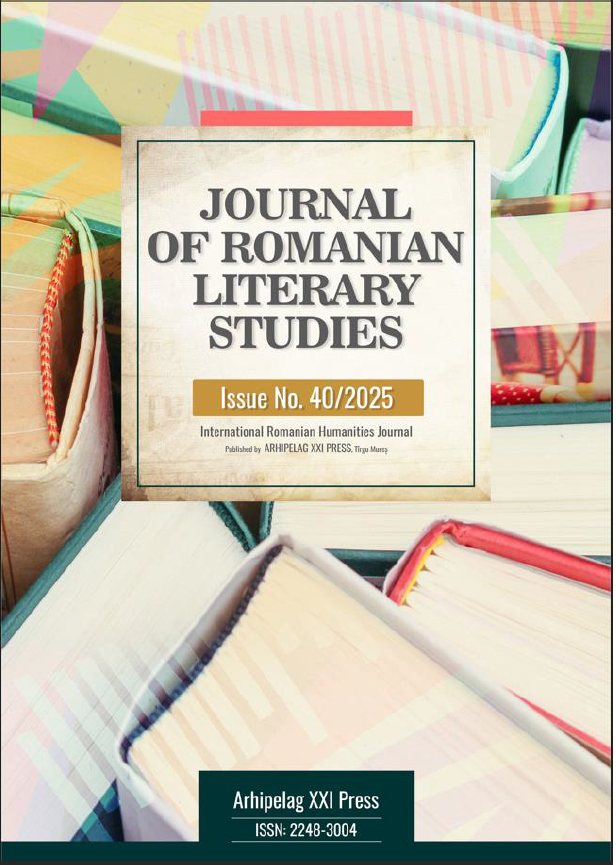THE FIRST MANUAL OF ROMANIAN LANGUAGE FOR FOREIGN STUDENTS BY PROFESSOR V. MIRCESCO/ VASILE ALECSANDRI
THE FIRST MANUAL OF ROMANIAN LANGUAGE FOR FOREIGN STUDENTS BY PROFESSOR V. MIRCESCO/ VASILE ALECSANDRI
Author(s): Luiza Catrinel MarinescuSubject(s): Language studies, Language and Literature Studies, Applied Linguistics, Studies of Literature, Sociolinguistics, Romanian Literature, Philology, Translation Studies, Theory of Literature, Sociology of Literature
Published by: Editura Arhipelag XXI
Keywords: Vasile Alecsandri; Abdolonyme Ubicini; Romanian Grammar's Approach for Foreign Students;
Summary/Abstract: The present study aims to reread in a contemporary key one of the first Romanian grammars Grammaire de la Langue Roumaine par V. Mircesco précedée d un aperçu historique sur la langue roumaine par A. Ubicini, Paris, Maisonneuve et Cie, Libraires éditeurs, 15 Quai Voltaire, 15, 1863 intended for the use of foreign students, made by two personalities of the nineteenth century: A. Ubicini and V. Alecsandri, who signed with the pseudonym V. Mircesco. The study is a specific analysis of how the grammar and its historical context are interpreted now compared to the past. A key part of the rereading might be how the original grammar viewed the Romanian language, and how that approach is different from modern understandings of the language. The pedagogical aims intended for foreign learners, suggests a focus on making the language accessible to those who were not native speakers. The study looks at how effective this approach was, and whether the pedagogical methods used in the grammar (e.g., explanations, examples, exercises) would still be relevant today or if there are more effective ways to teach Romanian to non-native speakers. Both V. Alecsandri (Mircesco) and A. Ubicini were influential figures in 19th-century Romania. Their perspectives on language might reflect the political, cultural, and intellectual currents of the time. The study examines their role in shaping the image of Romanian as a language that could be both modernized and standardized, perhaps in the context of a broader European linguistic movement. From comparative linguistic analysis, a modern interpretation includes examining the role of language standardization processes in the 19th century, which were aimed at shaping a national language, and how those processes might be seen differently today. The study likely provides a modern analysis of how the Grammaire de la Langue Roumaine both reflects and shaped the historical and linguistic context of the time, and contrasts it with contemporary views on the Romanian language.
Journal: Journal of Romanian Literary Studies
- Issue Year: 2025
- Issue No: 40
- Page Range: 61-76
- Page Count: 16
- Language: English

